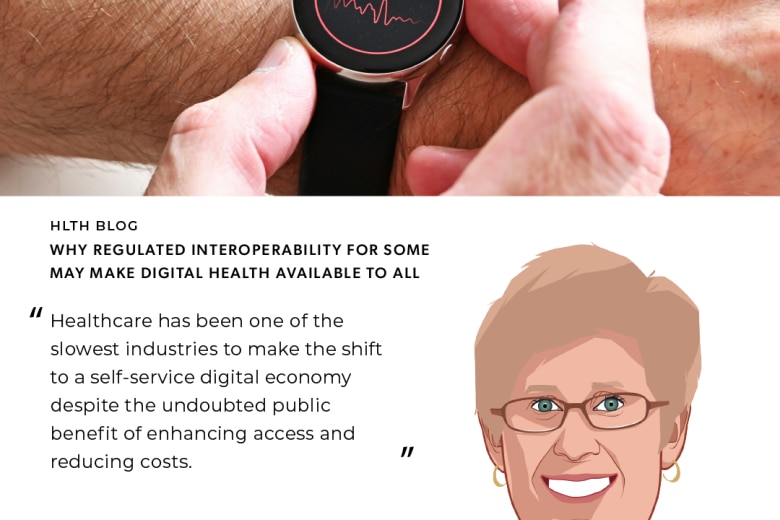“Prescription: A physician's guess at what will best prolong the situation with least harm to the patient” - Ambrose Bierce
I still vividly remember that morning. It was 8:00 AM and it was a crowded ward with a long hallway and smell of bleach in the air. I was a green intern at that time. It was my regular day at work, and I was administering morning dose routine medications to patients. Suddenly, I hear a strange noise from the corner of the long corridor of the medical ward. I immediately rush there and see that a young boy aged about 12 is profusely sweating and almost losing consciousness. Beside him was my colleague with a syringe in his hand. He looked extremely nervous. Apparently, there was an error in drug administration. Our immediate priority was to stabilize the young boy and take him out of harm’s way, which we were able to do successfully.
Retrospectively, investigation revealed that my colleague followed the prescription by consultant of administering the right drug, right dose and right route; however, the drug had interacted with another administered drug, which led to patient’s sudden deterioration. There was not a prompt or warning about potential drug-drug interaction for the physician. There was no way to alert him to rethink the decision to administer this drug except his own memory and judgement.
This was just one of numerous examples of medication errors that affect patients across the globe every year. Is there a solution to overcome this problem of drug-drug interactions or reactions between allergies and drugs?
Healthcare has been rapidly transforming in the last couple of decade. Physicians are adopting more technology than ever before and revolutionizing the conventional way of practicing medicine. Advancements in Electronic Medical Records (EMRs) and interoperability have enabled patients and physicians to have connected healthcare and maximize the advantages in delivering quality healthcare.
One of the advantages is Clinical Decision Support Systems (CDSS) embedded in EMRs. CDSSs are computer-based information systems that are designed to aid to healthcare providers in clinical decision making at the point of care. CDSSs are based on specific assessments and clinical profile of the patient and are able to deliver better clinical outcomes.
According to a new report by Grand View Research, the global clinical decision support systems (CDSS) market size is estimated to reach 791.25 USD million by 2024, progressing at a CAGR (compound annual growth rate) of 6.7% during the forecast period.
The CDSSs could be applied at various levels of care, especially in acute care units. Here what they can do:
- Recommend providers on a drug maximum tolerance dose (MTD);
- Establish diagnosis based on patient clinical parameters and blood work;
- Recommend order sets/templates based on the diagnosis;
- Generate drug-to-drug, drug to allergy interactions, and therapeutic duplications alerts;
- Calculate Paediatric and Renal expert dosing;
- Assist in pre- and post-surgical monitoring of the patient; and
- Preventative health reminders.
However, there are challenges in implementation. CDSSs need to have well-defined and unambiguous guidelines to translate them into computable code.
It is evident that CDSSs are changing conventional care delivery methods. Wider adoption of EMRs -- and CDSSs integration into them -- would help to transform and standardize healthcare. And it might even save us from a preventable disaster at the end of the hospital corridor.
Read more of our latest blog posts on PULSE.
Read more blog posts on interoperability in healthcare.




































